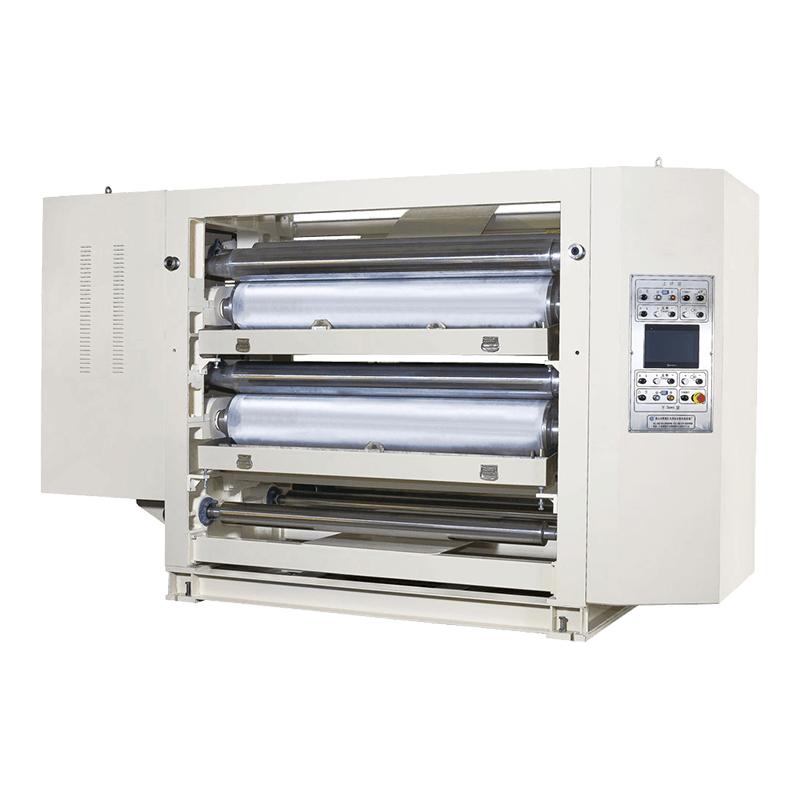The packaging industry is constantly evolving, with manufacturers seeking ways to enhance efficiency, reduce waste, and improve product quality. One of critical areas of focus is the corrugated paperboard production line, where even small optimizations can cause significant cost savings and higher output. By integrating advanced automation and smarter workflow management, companies are transforming their cardboard production line operations to meet growing market demands.
The Role of Automation in Modern Corrugated Lines
A well-optimized corrugated carton production line relies on seamless coordination between multiple stages—from fluting and gluing to cutting and printing. Traditional setups often face bottlenecks due to manual adjustments and inconsistent machine speeds. However, modern automated systems now allow real-time monitoring and adjustments, ensuring smoother transitions between processes.

For example, in a corrugated paperboard production line, sensors can detect variations in paper thickness or moisture levels, automatically adjusting tension and glue application to prevent defects. This level of precision is particularly valuable in high-speed cardboard production line setups, where even minor errors can cause significant material waste.
Enhancing Flexibility for Custom Orders
One of the biggest challenges in the corrugated carton production line is handling custom orders efficiently. Different box sizes, flute profiles, and printing requirements demand quick changeovers. Advanced production lines now incorporate modular designs, allowing operators to switch configurations with minimal downtime.
A well-designed corrugated paperboard production line can store preset parameters for various product types, reducing setup times and human error. This flexibility is especially beneficial for businesses that produce both standard shipping boxes and specialized retail packaging on the same cardboard production line.
Sustainability and Waste Reduction
Sustainability is no longer just a trend—it's a necessity. Manufacturers are under increasing pressure to minimize waste in their corrugated carton production line while maintaining high output. Smart energy management systems, optimized glue application, and precision cutting technologies all contribute to reducing excess material usage.
In a modern corrugated paperboard production line, scrap rates can be significantly lowered by using AI-driven defect detection systems that identify and correct issues before they result in wasted sheets. Additionally, many companies are adopting recycled fibers in their cardboard production line, further enhancing their eco-friendly credentials without compromising strength or print quality.
The Future of Corrugated Production
As demand for sustainable and efficient packaging grows, the corrugated carton production line will continue to evolve. Emerging technologies such as predictive maintenance, IoT-enabled tracking, and AI-based optimization are set to redefine how these systems operate. The goal is clear: a corrugated paperboard production line that improves uptime, minimizes waste, and adapts effortlessly to changing customer needs.
Intelligent transformation: the strategic necessity of corrugated cardboard production line investment
In today's fast-growing packaging industry, manufacturers are facing high quality competitive pressure and market changes. For companies that want to stay ahead, investing in modern corrugated cardboard production line equipment has changed from icing on the cake to necessity for survival. This strategic investment is not only about short-term production efficiency, but also a key guarantee for the long-term competitiveness of enterprises.
First, modern corrugated cardboard production lines integrate effective technologies such as artificial intelligence, the Internet of Things and big data analysis, which can achieve:
- Production efficiency increased by more than 30%
- Raw material waste reduced by 25%
- Energy consumption reduced by 20%
Second, intelligent corrugated cardboard production lines give companies the agility to respond to market changes. Through modular design and digital control systems, companies can:
1. Quickly switch the production of products of different specifications
2. Real-time monitoring of equipment operation status
3. Predictive maintenance reduces downtime
More importantly, this investment is directly related to the company's sustainable development capabilities. As global environmental regulations become increasingly stringent, corrugated cardboard production lines equipped with intelligent energy-saving systems can not only meet environmental protection requirements, but also significantly reduce operating costs through resource optimization.

 English
English  Español
Español  Português
Português  عربى
عربى 




